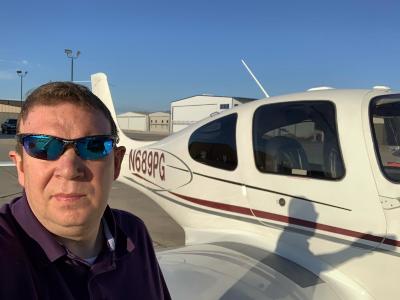Another said that the pilot climbed over 1000' to get on radar for tracking, then descended suddenly at over 5,000 ft/min just before impact. It was not clear what the reason for the rapid descent was...
Isn't 5,000 ft/min basically just 1 mph? Sounds closer to a regular landing speed to me than a rapid descent.







